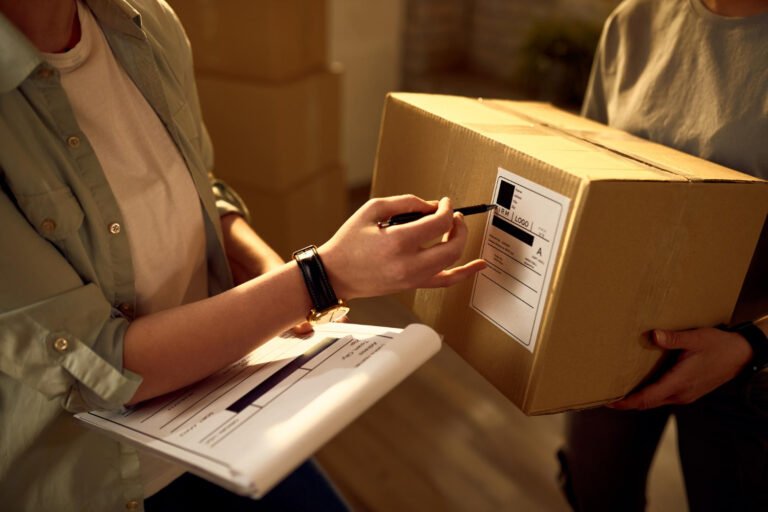Ensuring the right inventory balance is vital for business success. Having too little risks stockouts, while excess inventory can strain cash flow.
When sourcing inventory, suppliers often set Minimum Order Quantities (MOQs), requiring a minimum purchase quantity to transact. While it may seem like suppliers lose sales, they rely on MOQs to meet their margins.
This article explains how MOQs function, their benefits for purchasing businesses, and effective management strategies.
Minimum Order Quantities (MOQs) signify the lowest number of units a supplier will sell to you at one time. For instance, if a supplier sells cases of beer at $10 each, they might require you to buy a minimum of 100 cases (costing $1,000). The MOQ could be in terms of quantity or value, depending on the supplier.
When fulfilling orders, suppliers face production and logistical costs. To ensure profitability, they set a minimum quantity to cover these expenses. This way, the sale becomes financially viable for them.
Suppliers determine their MOQs by considering factors like profit margins, expenses, and market demand. By analyzing costs and projecting sales, they can identify the minimum quantity needed to break even and achieve their profit goals.
MOQs help suppliers decide which businesses they can work with and build long-term relationships with. Depending on your business size, you might need to search through various suppliers to find one with an MOQ that fits your budget.
But the advantages of MOQs go both ways. Apart from ensuring suppliers maintain a healthy profit margin, ordering MOQs helps businesses like yours control inventory and purchasing expenses. It can become a crucial aspect of your sourcing plan.

As the world tried to deal with the tough effects of the pandemic, China started to get better. So, they could resume their normal trading activities. But other countries couldn’t do the same.
Lockdowns in important port cities meant that containers full of stuff couldn’t be sent back to Asia, where they were really needed.
For instance, in India, lockdowns caused huge piles of containers in places like Chennai and Mundra because dockworkers couldn’t work to unload them. Also, truck drivers couldn’t pick up cargo from these ports. The backlog on the east coast of India reportedly grew to 50,000 containers.
There were also fewer ships available for shipping, so empty containers stayed in places where they usually wouldn’t. In the Port of Melbourne, for example, empty containers stacked up because there weren’t enough ships to take them back to China. Shippers had to rush to avoid extra charges because their containers were left in ports without being looked after.

Source & Procure is dedicated to providing top-tier supply chain solutions for diverse clients, including Amazon FBA sellers, private labels, wholesalers, and retailers. Choose us today for your business success.
WhatsApp us